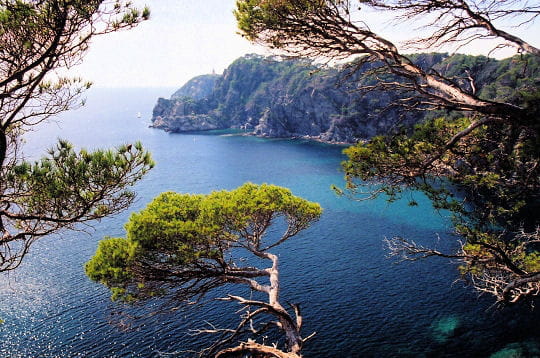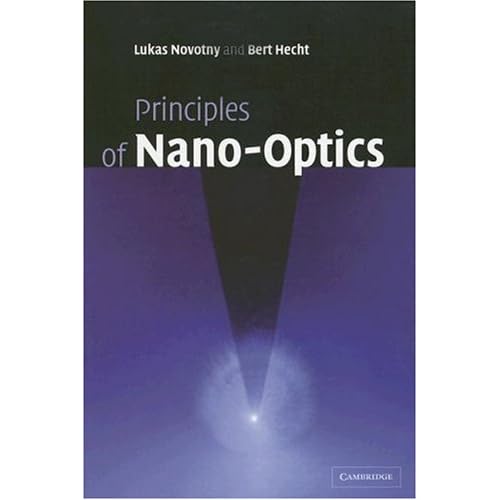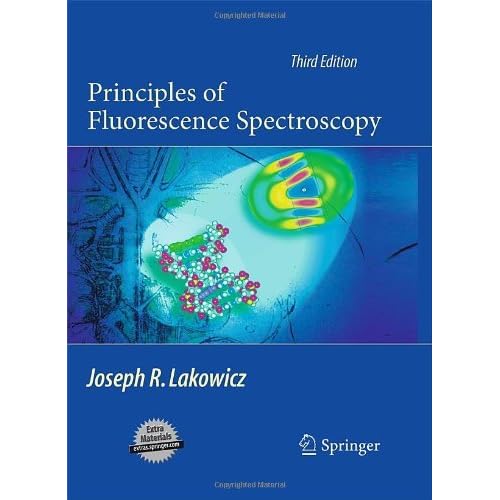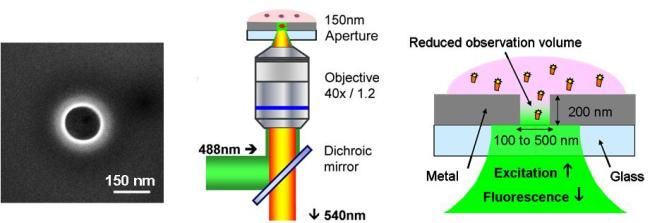nanophotonics pick
Ecole thématique NOIS2011 "Nano-Objet aux InterfaceS"
CNRS colleagues are organizing the next advanced school on nano-objects NOIS 2011(May 16-20 2011, Anglet, France). I will give two lessons on photonics structures for the enhanced detection of nano-ojects.
See the official website here. Application deadline: 08 april 2011

Summer School on Plasmonics Porquerolles SSOP 2
Many of you were awaiting it (I can see it from the visits and research keywords pointing to this blog), here it comes for your greatest nanoplasmonic pleasure : the Summer School on Plasmonics 2nd edition 2011 in the beautiful Porquerolles island. Book the dates : October 3 to October 7, 2011.
See the official website. Registration deadline: please apply by May 30th.
This time, I will give a tutorial talk, so I'm not part of the organization committee (which means I am not the person to contact for help in the registration, abstract submission, venue, etc...)
Also, for lecturers of the first edition, I know many of you really enjoyed the summer school and wanted to come back for the second edition. However, the organization committee decided to change all the lecturers for each edition, and not to take the same person twice. This is a tough but fair rule (Gordon Research Conferences apply the same).


Assistant Professor position open on nanophotonics
The Fresnel Institute is hiring a top qualified researcher to fill an assistant professor (Maitre de Conference in French) position. The research topic will primarily deal with theoretical simulations of nanophotonics. Read the full details here, and the official announcement here. Deadline for applications March 25th.
![]()
NanoBioPhotonics Conferences selection 2011
Here is a quick list of conferences where my group's work will be presented. It also provides a short selection of European conferences on nano-bio-photonics, check the weblinks:
- March 14th: invited seminar at FOM-AMOLF, Amsterdam
- March 17th: "Antennas and near-field electromagnetics" workshop of the GdR Ondes, Paris
- May 16th-20th: invited course at the "Nano-objects and interfaces" NOIS 2011 topical CNRS school, Anglet
- May 19th-21st: "Molecular Plasmonics" conference, Jena
- May 23rd-26th: CLEO-EQEC Europe conference, Munich
- July 04th-07th: invited talk at "Coloq'12 Lasers and quantum optics colloqium", Marseille
- September 07th-09th: "Single molecule spectroscopy workshop", Berlin
- October 03rd-07th: invited talk at "Summer School on Plasmonics II SSOP2", Porquerolles

Surface enhanced fluorescence
A certain fraction of the visits paid to my blog every month come here through searching for surface-enhanced fluorescence. So I guess writing up a few words about this effect isn't totally useless...
Surface-enhanced fluorescence deals with the improvement (enhancement) of the detection sensitivity for fluorescent molecules. Increasing the emission rate of fluorescent molecules and/or shaping their emission properties (lifetime, spectrum, polarization,...) is generally performed close to metal surfaces that are textured on the nanometer scale. The idea behind the use of metals is to take advantage of surface plasmon resonances, that couple light to collective oscillations of electrons in the metal, and give rise to huge electromagnetic intensity enhancements close to metal surfaces.
Up to a certain extend, it is the equivalent for fluorescence that surface-enhanced Raman spectroscopy (SERS) is for Raman scattering. The main difference is that Raman scattering is insensitive to quenching losses to the metal, whereas fluorescence in the very close vicinity to metal surfaces (< 5nm) is dominated by non-radiative energy transfer to the metal, which imposes a trade-off between gain and losses.
I highly recommend reading the following references (I don't get any money for advertising):
- Principles of Nano-Optics, by L. Novotny and B. Hecht

- Principles of Fluorescence Spectroscopy, by J. R. Lakowicz

- Radiative decay engineering 5: metal-enhanced fluorescence and plasmon emission, J. R. Lakowicz, Analytical Biochemistry 337 (2005) 171–194
- Surface enhanced fluorescence, E. Fort and S. Gresillon, J. Phys. D: Appl. Phys. 41 (2008) 013001.
- You may also have a look at my own work, mostly on nanoaperture-enhanced detection of fluorescent molecules in solution (see the selected papers, a citation is always appreciated ![]() )
)




